|
Myself and members of the team often admire Janie Crow designs made in different colourways or using alternative yarn brands. As these unique projects are becoming more commonly shared on social media we wanted to help those of you who may wish to make a project in an alternative colour palette or substitutre yarns, but may not have an idea of where to start, by giving you the basics on how to sub yarn correctly. It can be quite scary launching into a big project if you're not sure you have enough yarn, so use the following simple steps to ensure you have enough, especially when stash diving or using yarns you can no longer busy extra of. It is good to know that you will be safe! These tips work for any project – if you find this post helpful you could save it for future reference. 1: Find out about the yarn detailed in the pattern. You need to know the weight of it and how much is being used. In our photo for example, the top yarn is Stylecraft Life DK in French Blue and you would need 4 balls of this yarn. So, we know the brand is Stylecraft and we know the type is Life DK – in this instance, the name tells us the weight is DK so that is helpful. We also know we need 4 balls of the French Blue colour. Here is the important bit: you need to know how much yarn is on the ball. Not in weight but in length. In the case of Stylecraft Life DK, each ball has 298m on it so we know we need approximately 1192 metres of the French Blue yarn (298m x 4 balls). Next find the weight and length information on the replacement yarn. You can find this on the yarn band, via the website of the brand or even on Ravelry using the 'Yarn Search' feature. So, for example, if you chose to use Rowan Yarns Felted Tweed (shown below) then each ball has 175m on it. Divide the combined length of the original yarn (1192m) by the length of each ball of the new yarn (175m) 1192 divided by 175 = 6.81 This rounded up to the nearest ball means that we would need 7 balls to replace the Stylecraft French Blue to have a sufficient amount of yarn. (7 x 175m = 1225m) 2: Check your tension/gauge carefully: even if you swap for the same yarn weight, you may still find that the tension is slightly different. Work a test swatch and match that to the details given on the pattern. If the swatch works up bigger and you have fewer stitches to 10cm, use a smaller hook size and if it works up smaller so that you have more stitches to 10cm, use a larger hook size. Bear in mind that a large difference will impact not just the amount of yarn you use, but also the feel and drape of the project. With that in mind we generally recommend sticking to the same yarn weight if you can. 3: Try your colour combinations out. Make a motif – or even some striped swatches – to see how colours work together. If you want to leave things to chance, make your first motif by pulling colours from a bag so you can’t see what’s coming next!
Make a note of which of your yarn colours replaces which in the original pattern. A colour swatch card can be helpful here – we have some lovely Emma Ball swatch cards on our website and you can find them by following this link You can also wrap the yarn around wooden pegs and make a note of the information on the flat part using a pencil, which is very satisfying! And that’s it! Comments are closed.
|
AuthorWelcome to my blog. Here you will find my email newsletter archive alongside any other general musings or information about events or new pattern releases that I wish to share with you! Archives
June 2024
Categories
All
|
Services |
Contact us |
|

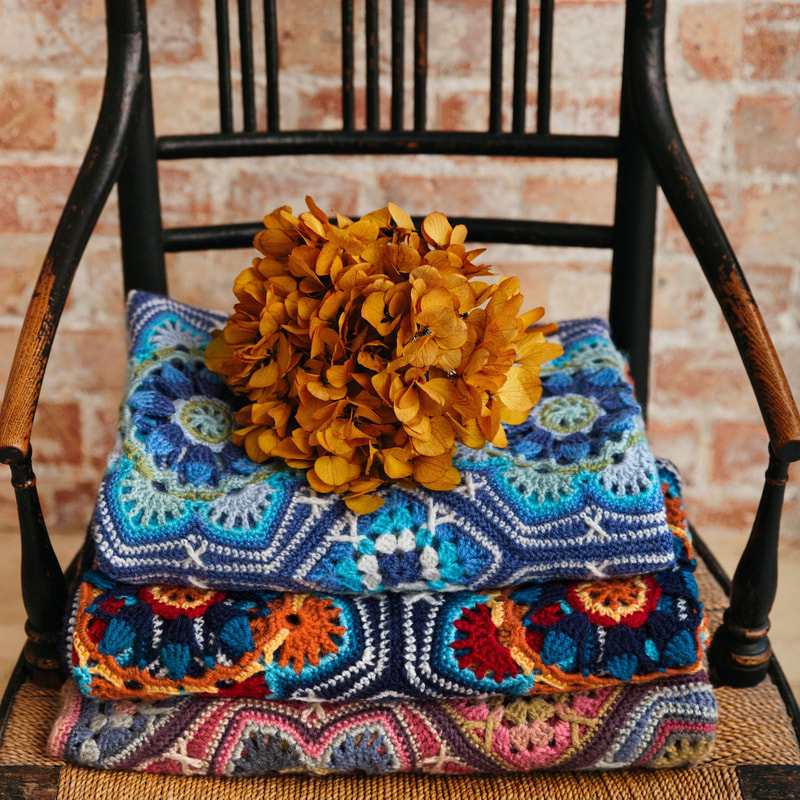
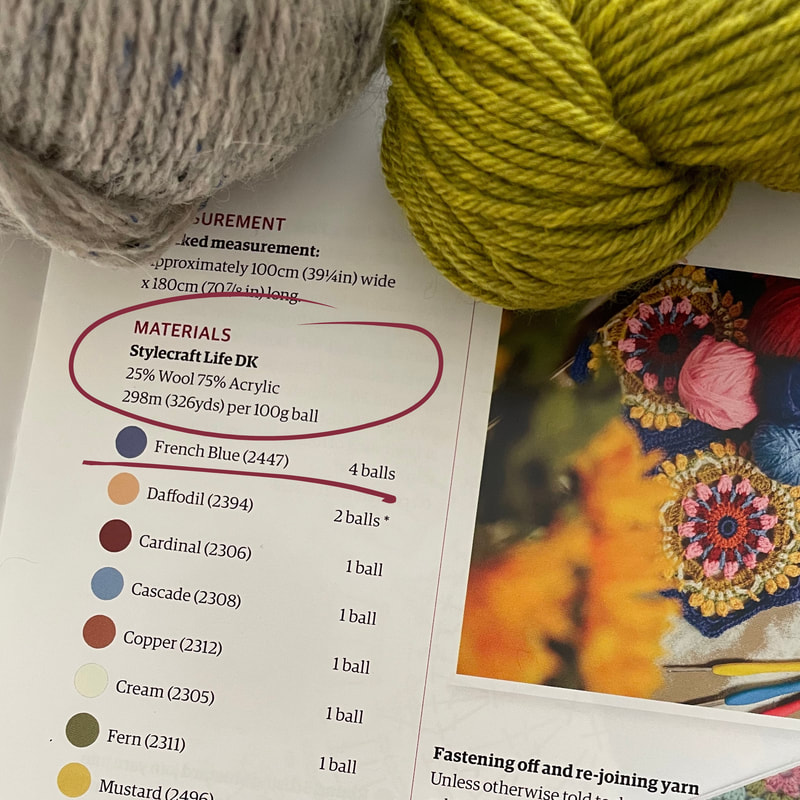
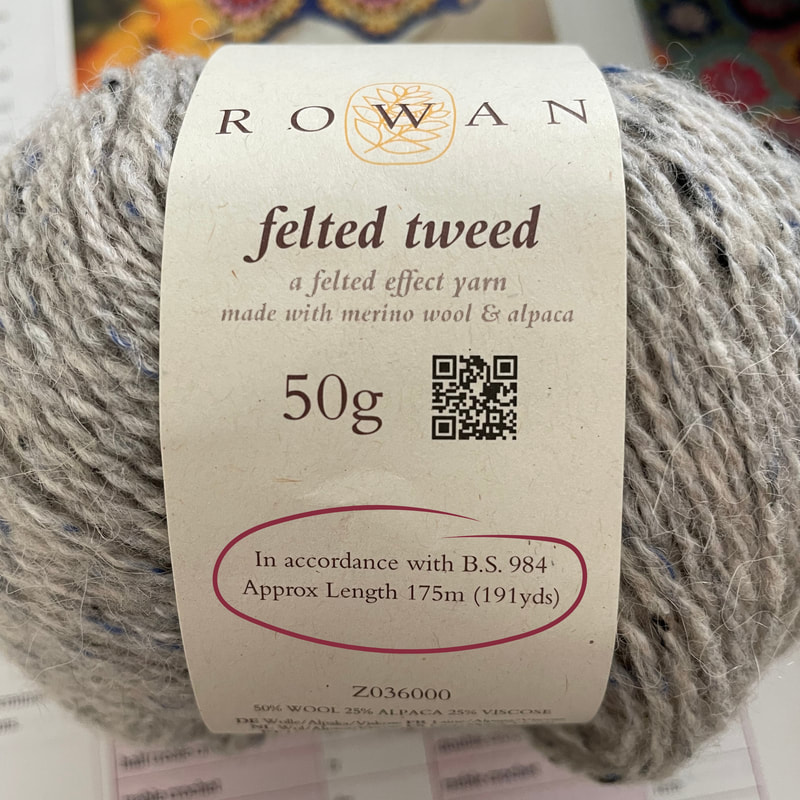
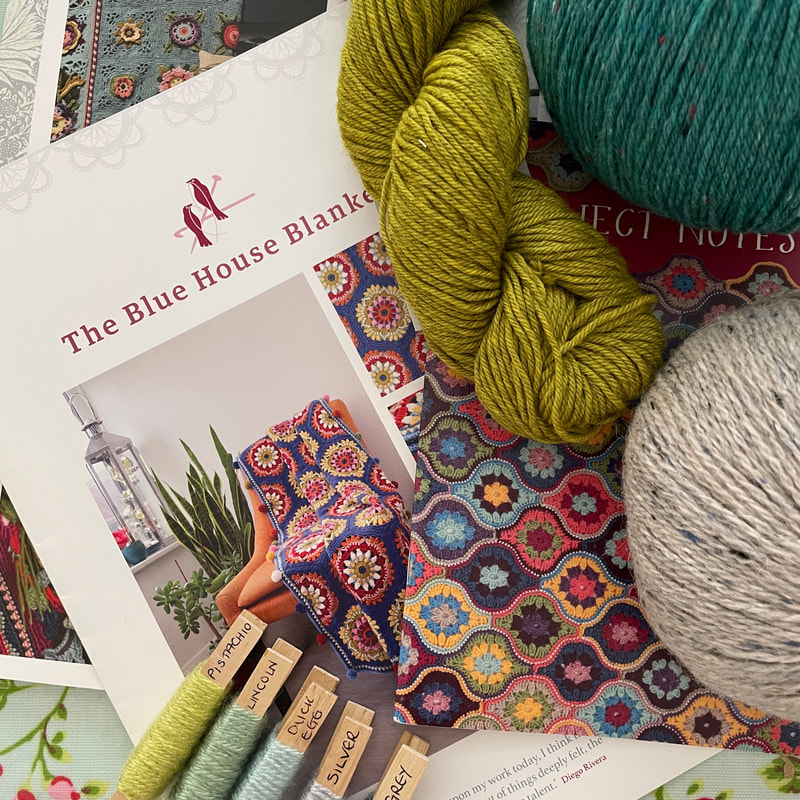
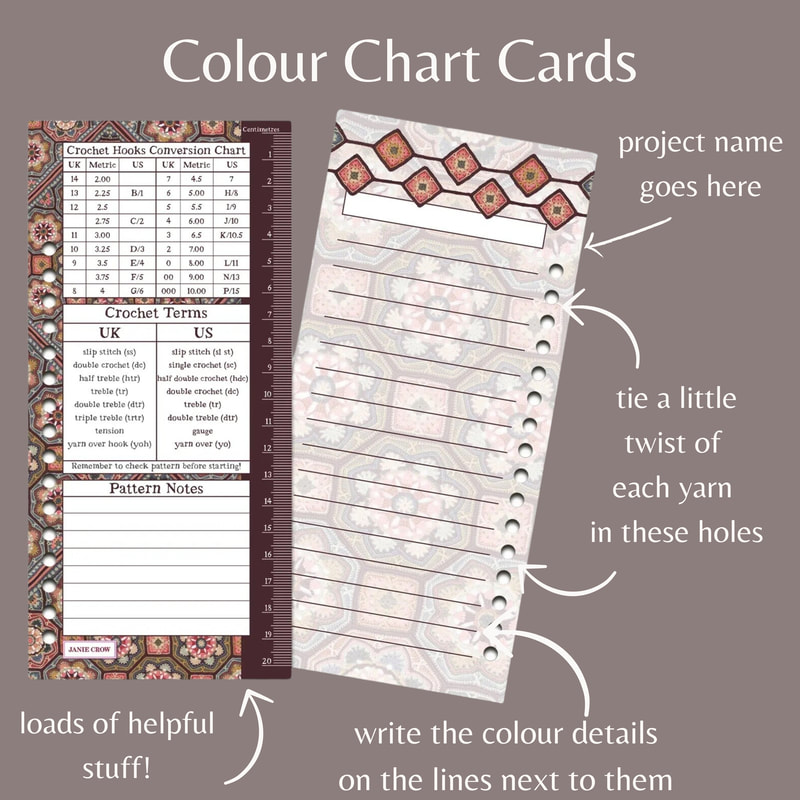
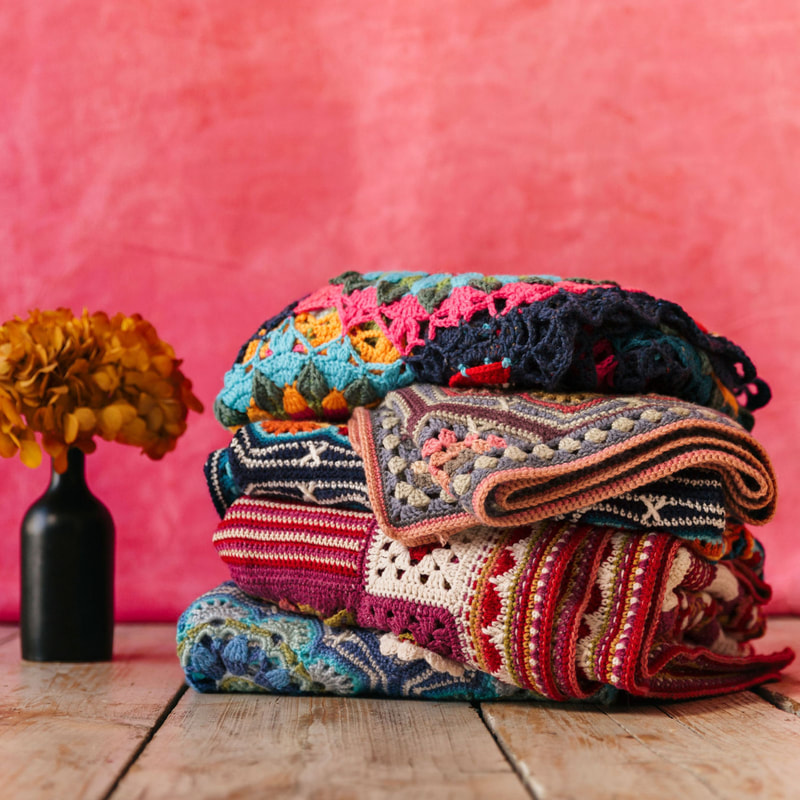
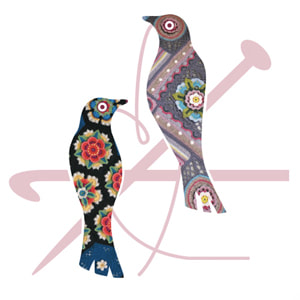
 RSS Feed
RSS Feed